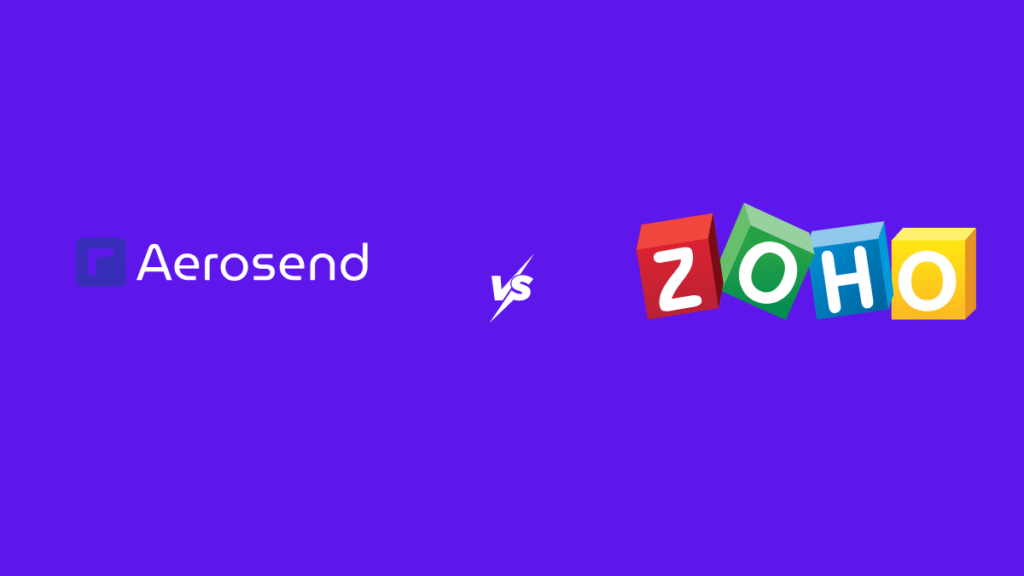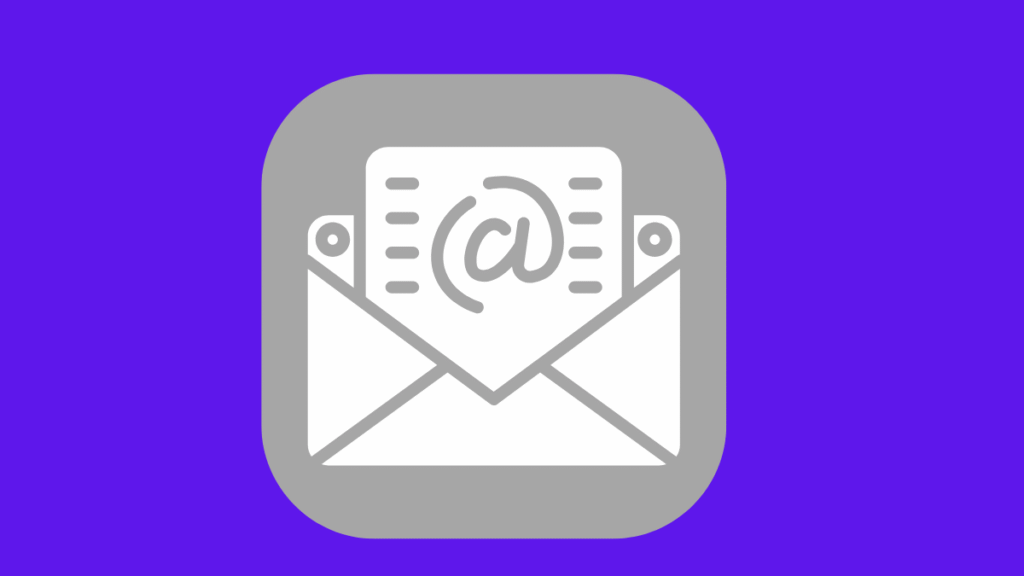Google Inboxes is great for daily communication, collaboration, and running business email. It integrates smoothly across tools, making it the default choice for many teams. But when you use Google for cold outreach, performance drops sharply.
That’s because Google Inboxes was designed for productivity, not prospecting. Aerosend was designed for cold outreach and deliverability.
Aerosend is built for cold emailers who need reliable, private inboxes that won’t get banned or throttled. Google works well for marketing or transactional emails, but not for large-scale outreach.
In this comparison, we’ll see how Aerosend and Google Inboxes differ in deliverability, safety, and long-term scalability.
Why Google Inboxes Falls Short for Cold Outreach
Google’s email systems are optimized for productivity and collaboration, not cold prospecting. When used for outreach, the same security and spam-prevention policies that protect users end up working against you.
1. Sending limits and throttling
Google Inboxes enforces strict daily sending caps, typically around 2,000 emails per inbox. Repetitive or automated sending patterns often trigger spam filters or temporary account suspension.
2. Shared IPs, shared risk
Google’s shared infrastructure means your deliverability can drop even if someone else on the same IP sends spam. One bad sender can hurt your domain reputation, too.
3. No warmup or rotation features
Cold outreach requires consistent warm-up and domain rotation to maintain reputation. Google provides no built-in tools for either, forcing users to rely on external systems.
4. No visibility into domain health
Google Inboxes doesn’t show you key deliverability data such as blacklist status, bounce rates, or spam placement. This leaves cold emailers blind to reputation issues until it’s too late.
Why Aerosend Works Better for Cold Email Deliverability
Cold emailers need inboxes designed for outreach, not collaboration. Aerosend removes the friction of traditional business email systems with infrastructure purpose-built for cold campaigns.
Private infrastructure for each user
Aerosend gives every user a dedicated cold email setup. Each cluster of ten domains has its own isolated IPs, ensuring your sender reputation isn’t affected by others.
Automatic warmup and setup
SPF, DKIM, and DMARC records are configured automatically. Aerosend also provides free premium warmup through WarmupInbox, so your domains build reputation safely before campaigns go live.
Scalable and safe sending
There are no restrictive sending caps for legitimate campaigns. You can create multiple inboxes and scale outreach while keeping spam risks low.
Built-in monitoring and alerts
Aerosend continuously tracks domain and IP reputation. If your deliverability begins to dip, it sends alerts to help you prevent domain burn.
Integrated with top outreach tools
Aerosend connects directly with Instantly, Smartlead, and Apollo, making it easy to launch, manage, and measure cold campaigns at scale.
Aerosend as a Google Inbox Alternative
| Feature | Aerosend | Google Inboxes |
|---|---|---|
| Purpose | Built only for cold emailers who need private, high-deliverability inboxes | Made for everyday business communication and collaboration |
| Deliverability | Optimized for outreach. Uses private IPs and anti-spam safeguards | Great for normal emails, but not for bulk cold outreach. Deliverability drops quickly |
| Ease of Use / Setup | Simple setup. DNS and warmup handled automatically in minutes | Requires manual setup, domain verification, and strict spam policies |
| Limits & Scalability | Scales easily. No sending caps on legitimate outreach | Daily send limits apply (around 2,000/day). Bulk outreach risks bans |
| Risk of Ban | Low. Private setup shields you from shared reputation issues | High. Google bans inboxes quickly for cold email activity |
| Shared IPs | No. Each user has isolated IPs for every 10 domains | Yes |
| Premium Warmup | Free warmup via WarmupInbox | No built-in warmup. Needs third-party tools |
| Domain Burn Alerts | Yes. Alerts you when domain reputation drops | No native domain health monitoring |
| Allows You to Get Your Domain | Yes. Buy, manage, and send directly from AeroSend | Yes, but setup and tracking are manual |
| Pricing & Support | $4/inbox | Around $8/inbox |
How to Set Up Aerosend for Cold Email Deliverabilty
1. Add or procure domains
You can bring your own domains or let Aerosend source and configure them for you. Domain hygiene and age matter for reputation.
2. Establish sending clusters
Create groups of mailboxes that will be used specifically for cold outreach, separated from your core domain communications to protect reputation.
3. Authenticate automatically
SPF, DKIM, DMARC, MX, and tracking records are set up by Aerosend. No manual DNS headaches.
4. Warm up domains and IPs
AeroSend initiates controlled send volumes, reply triggers, and engagement to build sending reputation over time rather than risking large spikes.
5. Connect to your sequence tool
Link with platforms like Instantly, Smartlead, or Apollo to set up sends, follow-ups, tracking, and metrics.
6. Monitor and optimize
Use the AeroSend dashboard to track deliverability, bounce rates, spam placements, and domain health. Make adjustments proactively rather than reacting when things go wrong.
With AeroSend, you focus on content, targeting, and messaging while the platform handles the technical factors that influence deliverability.
How Alchemail Tripled Reply Rates After Switching from Google Inbox to AeroSend
Alchemail, a cold email agency, had tested several private SMTP vendors and traditional setups on Google before switching to AeroSend. After reviewing how AeroSend worked, including its warmup systems, domain infrastructure, and backend processes, Arthur decided to test it. He onboarded four clients immediately, warmed up the mailboxes for about a month, and began sending low-volume campaigns of around 10 to 20 emails per day. The setup was simple, the process predictable, and the support responsive.
The results soon justified the switch. For one of his clients, campaigns run through AeroSend consistently outperformed those using Google-based setups. When sending to Google domains from AeroSend, the team achieved one positive reply for every 25 contacts, a conversion rate nearly three times higher than Google-to-Google sends. Alchemail generated 20 to 40 meetings per month for a single client. As performance stabilized, the agency scaled up its infrastructure and began adding more AeroSend accounts for new projects.
FAQs


 26 Nov 2025
26 Nov 2025
